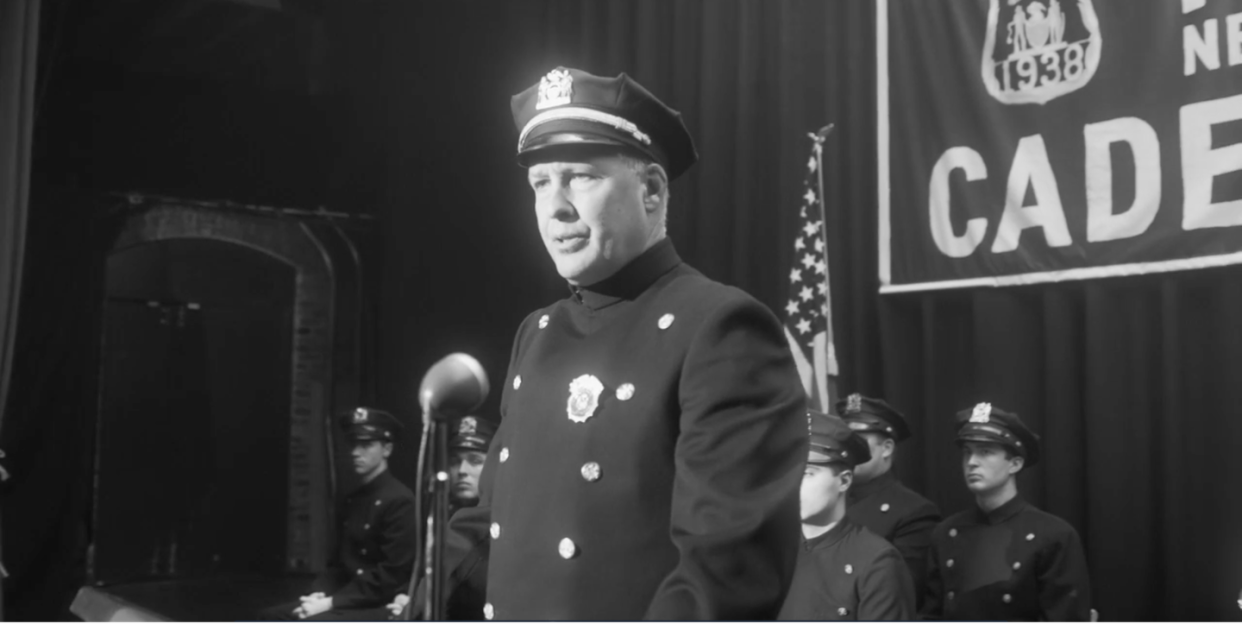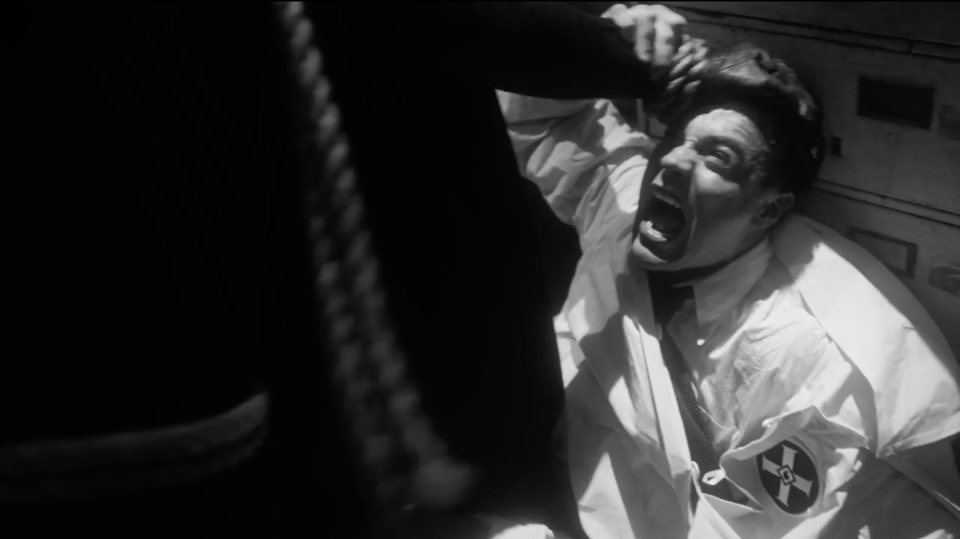The KKK Cops in ‘Watchmen’ Existed in 1922

Spoiler warning: the following story includes spoilers for the 6th episode of HBO's Watchmen. Stop reading here if you haven't watched yet. Seriously!
In HBO's Watchmen’s sixth episode, we return to 1938 and Hooded Justice’s origins.
A cop in New York, Hooded Justice/Will Reeves stumbles onto a conspiracy involving the Ku Klux Klan, repeating the phrase "Beware the Cyclops."
This is the history of Klan involvement in New York’s police departments.
Watchmen lit up Sunday night by turning down the colors, turning back the clock, and treating viewers to a faux-one take Hooded Justice origin story á la Birdman. Throughout the episode, a drug-induced flashback to 1938 New York and the first months of a new black police officer, a city-wide conspiracy takes shape. The plot, “Cyclops,” includes film projectors, police officers, and the Ku Klux Klan. In one scene, our protagonist, Hooded Justice, for sticking his nose where it don’t belong, is strung up and half-lynched by his cop collogues. The episode culminates with Tarantino levels of retaliatory bloodshed (in black-and-white, of course).
Watchmen has proved a regular observer of American racial history. The pilot opened with the Tulsa Race Riots of 1921. In the second episode, we saw the maltreatment of black American soldiers during the Second World War. And, true to form, last night’s episode also recreated a disturbing moment in the history of American race relations: New York, 1922.
Wait, was there ever a city-wide Klan conspiracy in the history of New York’s finest? Not exactly. (Though, the name of that conspiracy in the series, “Cyclops,” is also the name of a one-eyed Klan member, and Exalted Cyclops is a position within the Klan's ranks.) While there was never city-wide video-hypnotizing ring, there was a Klan presence wearing blue.

Bernard and Jon Whalen’s The NYPD’s First Fifty Years: Politicians, Police Commissioners, and Patrolmen recounts the origins of New York’s finest and their difficult beginnings. In 1922, after seeing a newspaper article on a Brooklyn Baptist minister who beckoned Klan recruitment into his congregation, New York Mayor John Francis Hylan sent a letter to Police Commissioner Richard Enright, instructing him to “go after the Ku Klux Klan and do not let them get a foothold in NYC.”
With a team of detectives, Enright compiled a list of eight hundred suspected New York Klansman. On the list: thirty members of Enright’s own police department. That’s thirty boys in blue with white hoods in their closet. What happened to them? Nothing. They hadn’t broken the law, it was concluded. So they stayed on the force. However, Whalen writes, the pressure on the Klan drove them underground. But only for a while.
You Might Also Like

